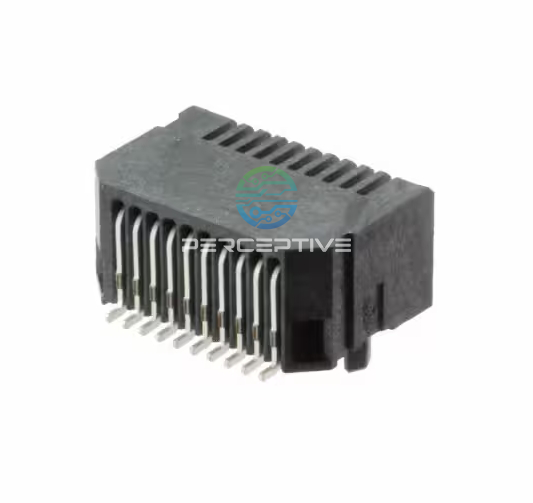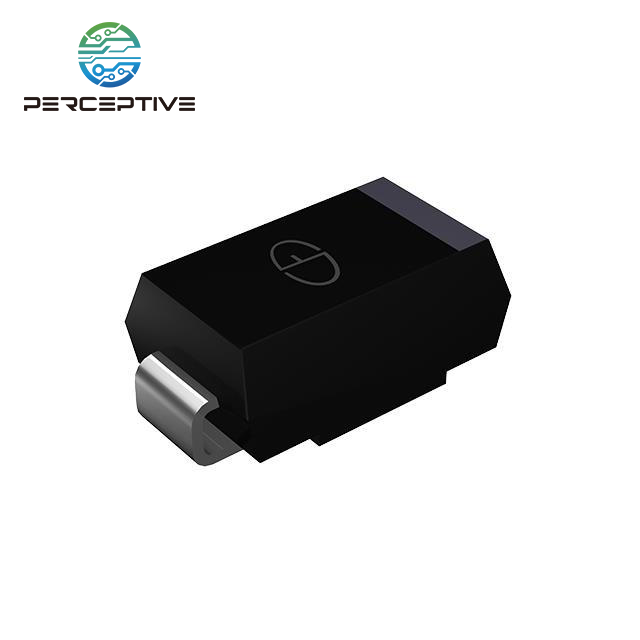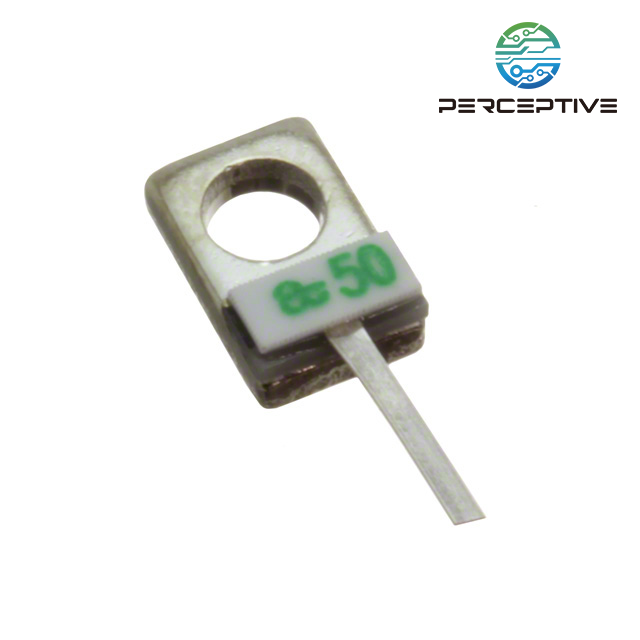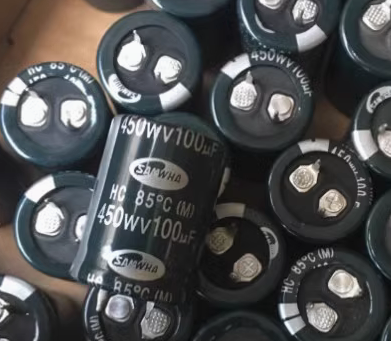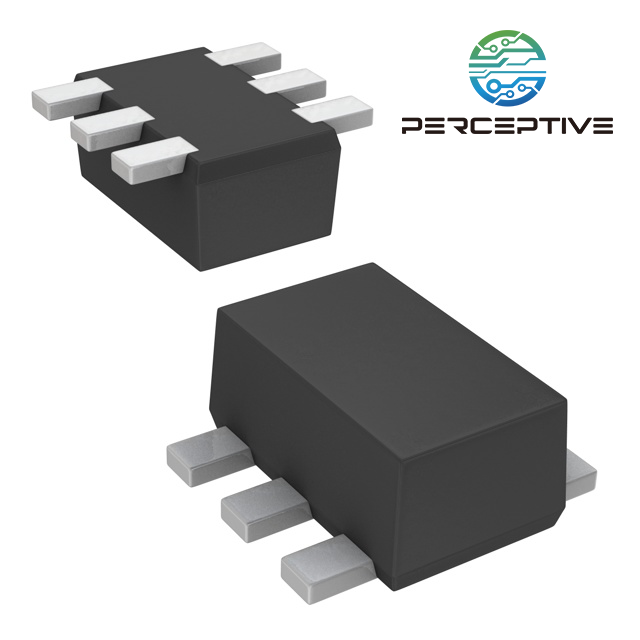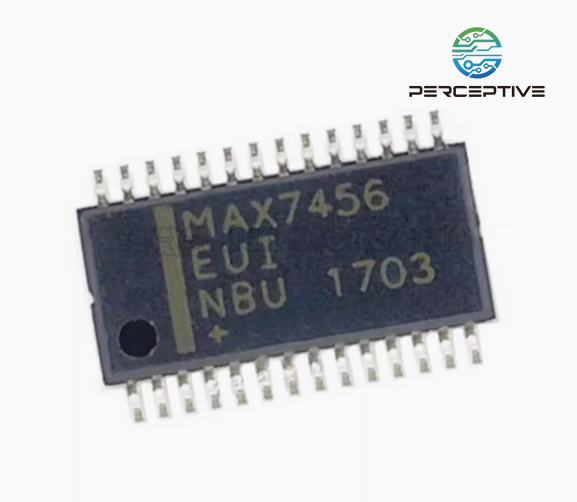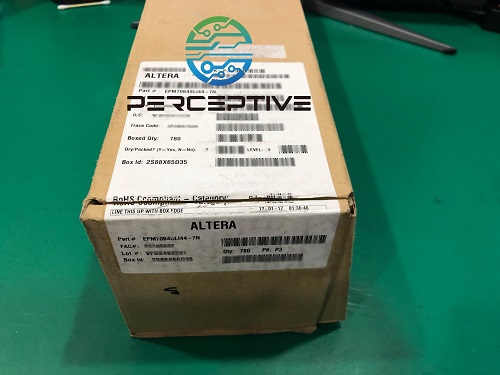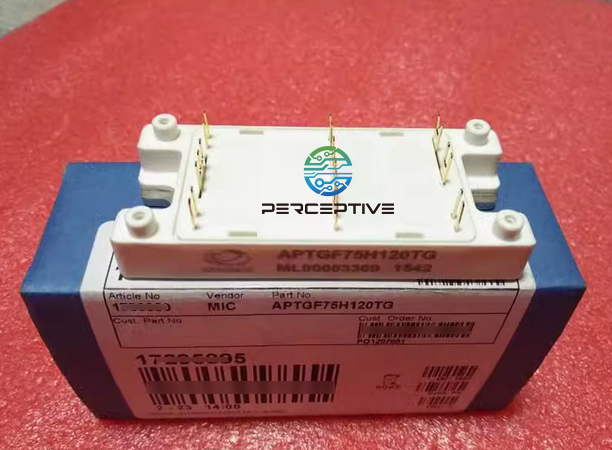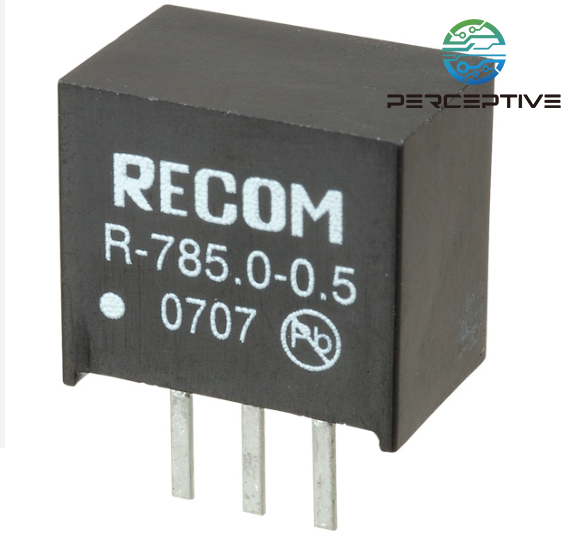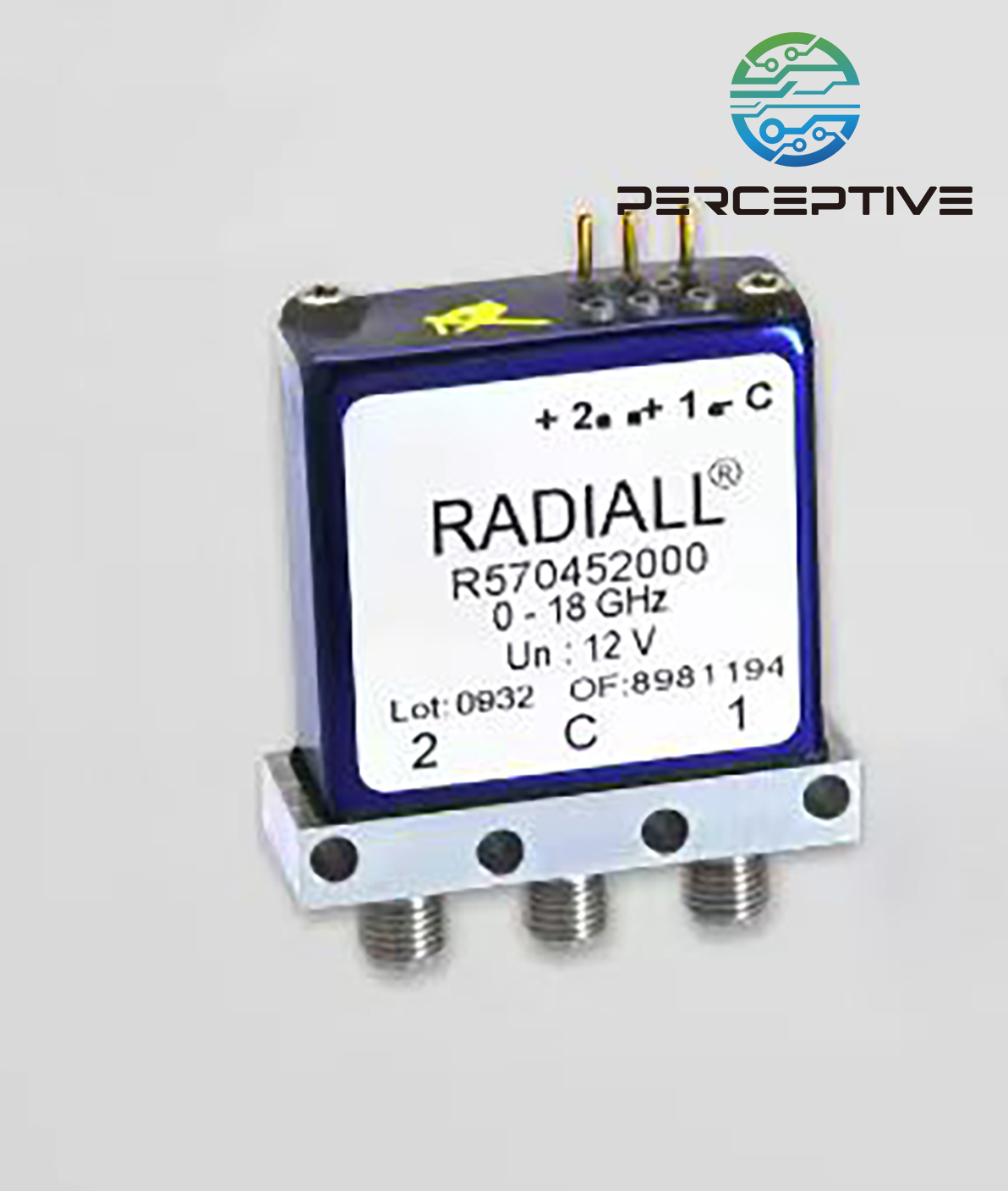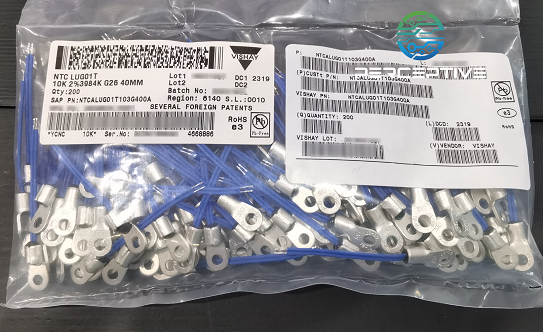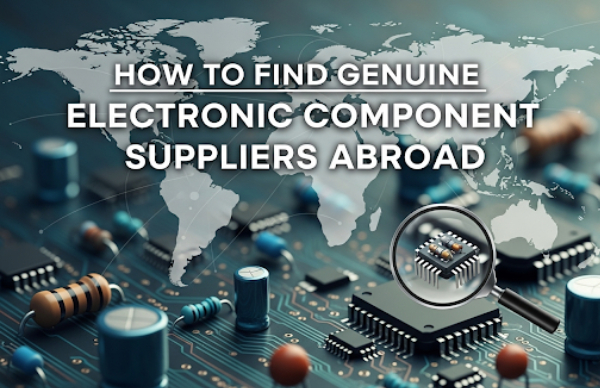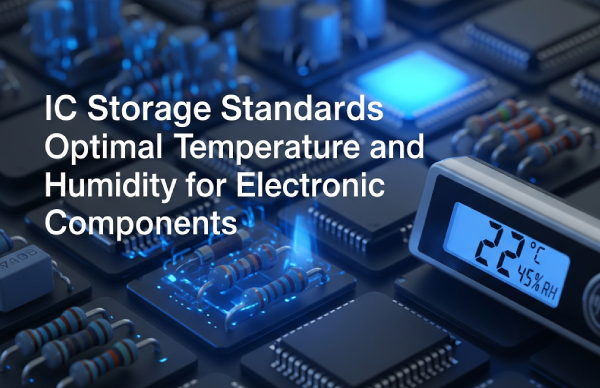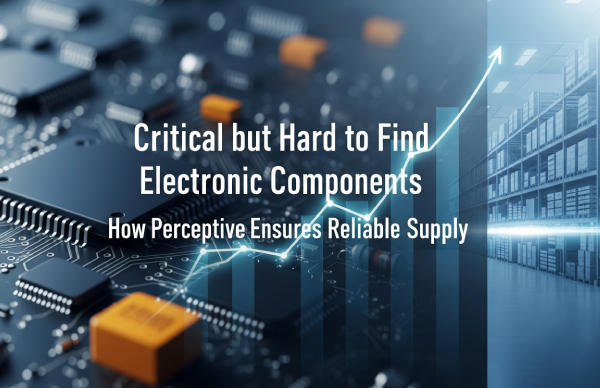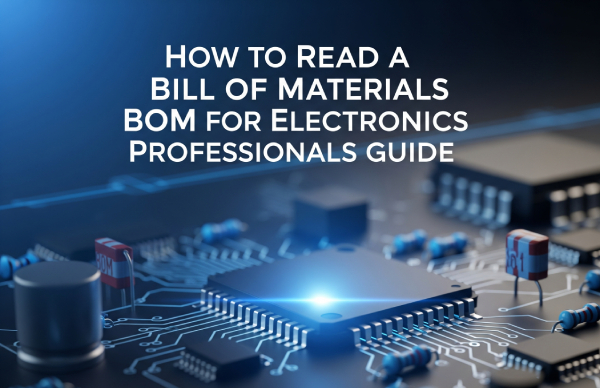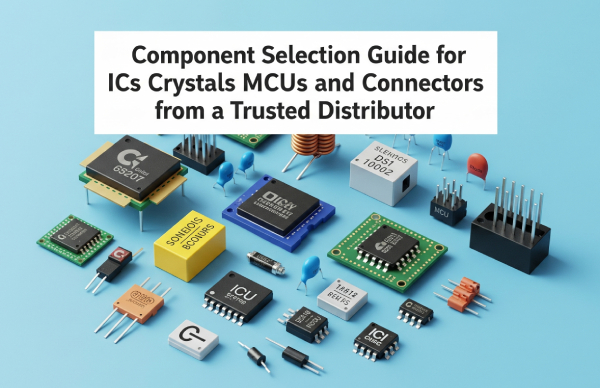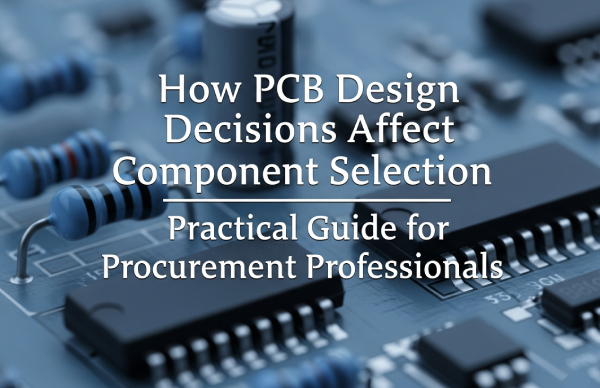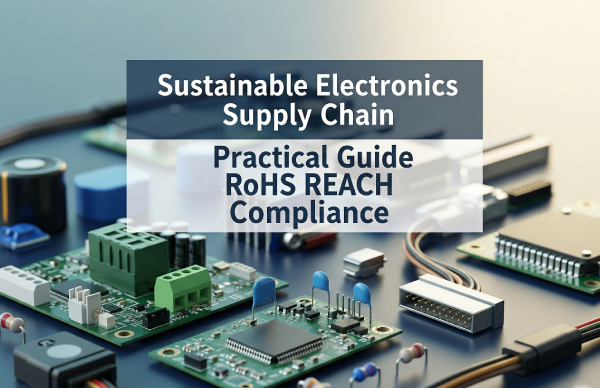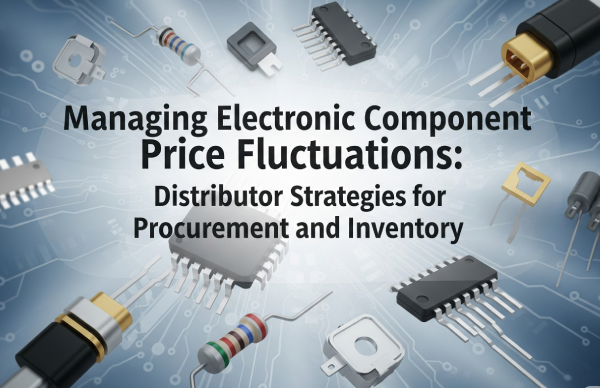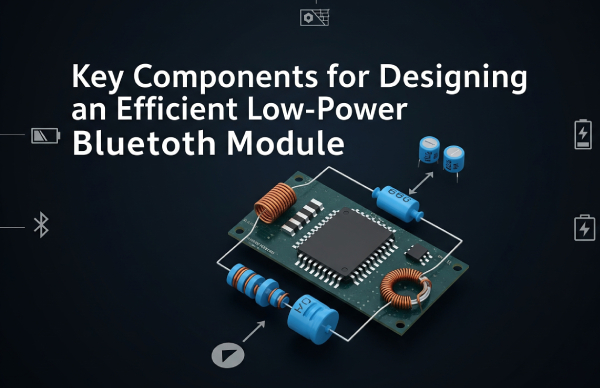Voltage regulators are fundamental to any power supply design. Whether you are developing consumer electronics, industrial automation equipment, or embedded systems, selecting the right regulator ensures system stability, power efficiency, and long-term reliability. With a wide array of voltage regulators on the market, identifying the best-fit component can be challenging without a structured approach.
Below, we outline the key considerations for selecting an appropriate voltage regulator, along with proven component recommendations for typical use cases.
1. Define Input and Output Requirements
The first step in regulator selection is to evaluate the voltage and current characteristics of your system:
Input Voltage (Vin): Identify the minimum and maximum voltage the regulator will receive.
Output Voltage (Vout): Determine whether a fixed or adjustable output is required. Common output levels include 1.8V, 3.3V, and 5V.
Load Current (Iout): Estimate both average and peak current demands during operation.
These parameters will help you filter between linear and switching regulator topologies.
2. Choose Between Linear and Switching Regulators
● Linear Regulators (LDOs)
Linear regulators are ideal for low-noise, low-power applications where simplicity and cost-efficiency are important. They are especially suited to powering analog circuits, sensors, and low-current microcontrollers. However, they are less efficient, particularly when the input voltage is significantly higher than the output.
Recommended Models:
TLV1117-33 (Texas Instruments): Popular for 3.3V output, good thermal performance.
MIC29302 (Microchip): High-current LDO (up to 3A), suitable for industrial applications.
MC33AR6000BGT (NXP): Automotive-grade LDO designed for robust EMC performance and low dropout, ideal for harsh environments.
● Switching Regulators (Buck/Boost/SEPIC)
Switching regulators are significantly more efficient, converting power through high-frequency switching. They are the preferred choice for battery-powered systems, high-current loads, or applications with wide input voltage ranges.
Buck (step-down): For reducing voltage from a higher input.
Boost (step-up): For increasing voltage from a lower source.
Buck-Boost: For variable input conditions above and below output voltage.
Recommended Models:
MP1584EN (MPS): Compact buck regulator, 3A current rating, adjustable output.
LM2596 (Texas Instruments): Widely adopted for 12V to 5V conversions, robust and cost-effective.
TPS5430 (Texas Instruments): Industrial-grade buck regulator with excellent efficiency and thermal behavior.
NCP81040MNTXG (onsemi): High-performance synchronous buck controller supporting high-current and fast transient applications.
ISL69129IRDZ-TR5687 (Renesas): High-end digital multiphase PWM controller, suitable for server, FPGA, and network infrastructure power designs.
3. Consider Efficiency and Thermal Management
Efficiency is a major selection criterion, especially in power-sensitive or thermally constrained systems. Linear regulators dissipate the voltage difference as heat, while switching regulators maintain higher efficiency (typically >85%).
For designs with limited airflow or high current draw, a switching regulator helps reduce heat generation and may eliminate the need for bulky heat sinks.
The TLE6710QNUMA1 (Infineon), for example, is a smart automotive power supply system IC with integrated switching functionality and monitoring features, making it ideal for safety-critical environments.
4. Evaluate Load Transients and Output Stability
Systems with variable loads—such as microcontrollers switching between sleep and active modes—demand voltage regulators with good transient response and tight regulation. Look for regulators with fast response times and minimal output voltage deviation during load changes.
The MXL7704-BQB-R (MaxLinear) is an advanced PMIC with multiple power rails and integrated sequencing control, which makes it highly suitable for processors and SoCs that require tightly regulated and dynamic power supply behavior.
5. Assess PCB Space, BOM Cost, and Integration
While switching regulators offer better performance, they often require additional external components (inductors, diodes, capacitors), increasing both board space and design complexity. Linear regulators, by contrast, are more compact and ideal for space-constrained designs.
Modern integrated switching regulators like TI's TPS62160 or the NCP81040MNTXG offer excellent efficiency in compact QFN packages, making them ideal for high-density board layouts.
6. Factor in Application Environment and Certifications
For automotive, industrial, or medical-grade designs, it's essential to check for extended temperature ratings, EMI performance, and regulatory certifications. Devices like MC33AR6000BGT and TLE6710QNUMA1 meet stringent automotive standards (AEC-Q100), ensuring long-term durability and system safety.
Conclusion
Selecting the right high-quality voltage regulator requires a holistic view of system requirements, including input/output characteristics, efficiency, noise sensitivity, thermal constraints, and form factor. While linear regulators offer simplicity and low noise, switching regulators are better suited for efficiency-driven designs.
By choosing the right regulator early in the design phase—and considering proven models like ISL69129, NCP81040, or MXL7704—you can reduce risk, simplify sourcing, and improve system performance. Always refer to datasheets and reference designs, and source from authorized distributors to ensure reliability and availability.

